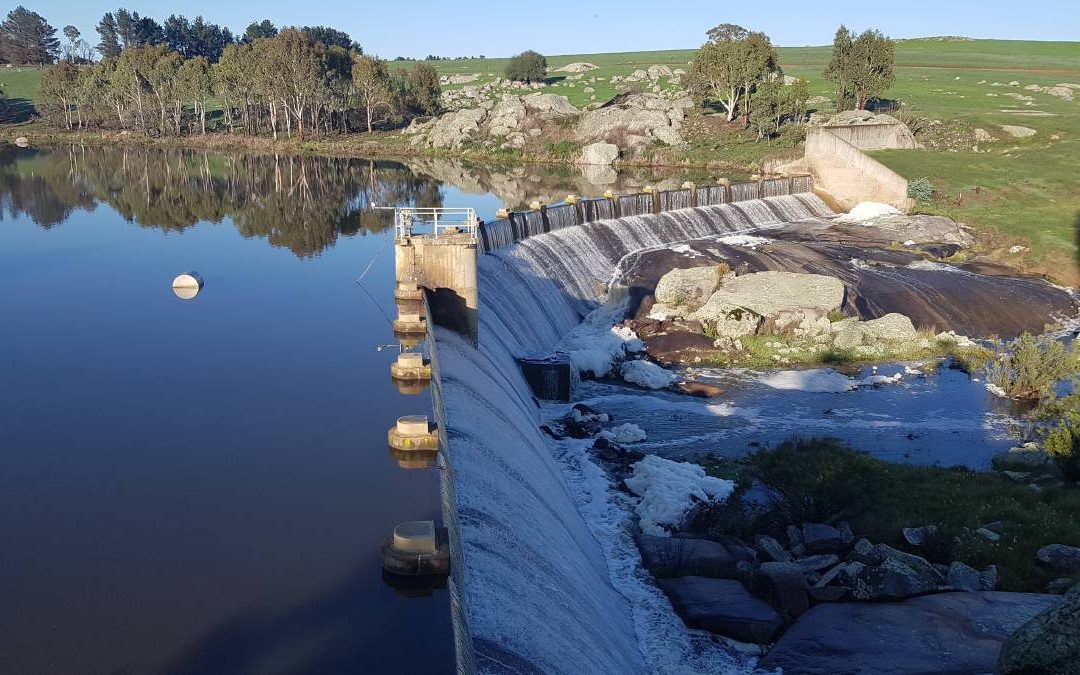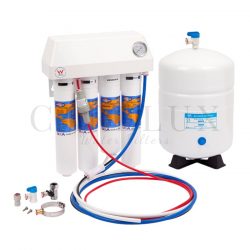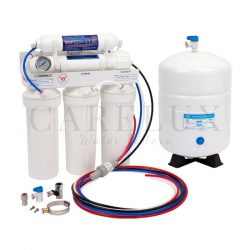Protect yourself from Uralla’s Tap Water
After enduring months of drought and hazardous smoke from nearby bushfires (and with “day zero” approaching), the 2743 residents of Uralla, near Armidale in the NSW Northern Tablelands, were told there was an increased level of arsenic detected in what remained of the town’s water supply, which comes from the Kentucky Dam.
Uralla residents were initially told “significant progress” had been made to reduce arsenic levels. Then the mayor, Michael Pearce, announced he was looking at getting a $500,000 carbon filtration system put in place “within the next two weeks”.
Later that week, on January 16, Uralla Shire Council’s acting manager David Aber apologised to the community and announced the “do not drink” alert would be in place for at least the next 100 days to allow for installation of “a granulated activated carbon filter” and testing.
More than a month later – two months after the original alert – Mr Marshall told local media he had not received any application for funding of the filter. “I’m as frustrated as anyone,” he said.
It’s not uncommon for some arsenic to be found in water, but prolonged exposure to higher levels in drinking water and food can cause skin lesions and cancer. The levels of 0.04 to 0.05 milligrams a litre were up to five times the 0.01 mg/L advised by the Australian Drinking Water Guidelines.
What are the Health Effects of Arsenic Exposure?
Arsenic and its compounds are considered poisonous and elemental arsenic is toxic and labeled as a group 1 carcinogen. Prolonged or heavy exposure can lead to Arsenicosis (Arsenic poisoning) and the development of malignant tumors of skin and lungs, heart disease, cramps, spasms, and effects on nervous system, such as night blindness.



